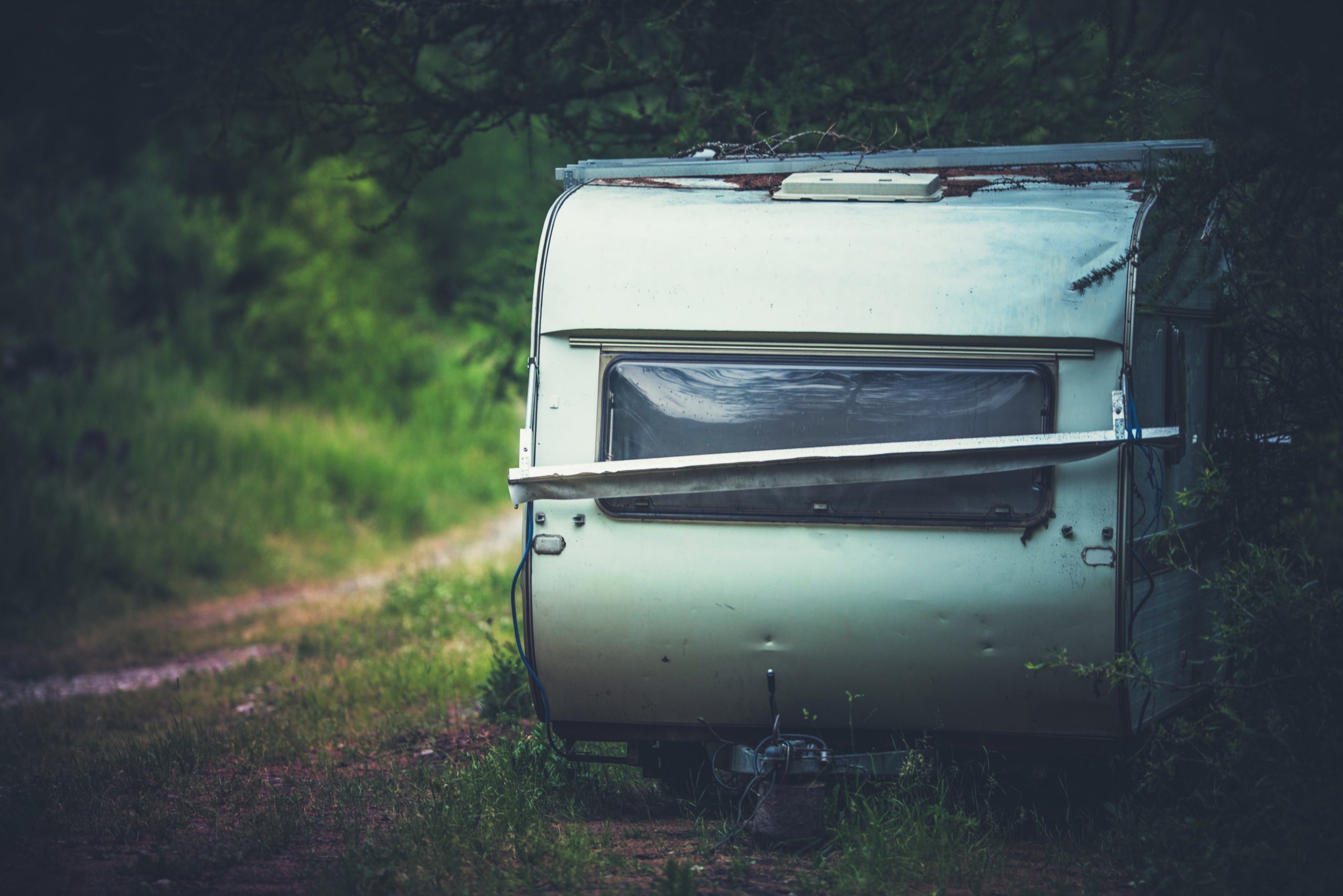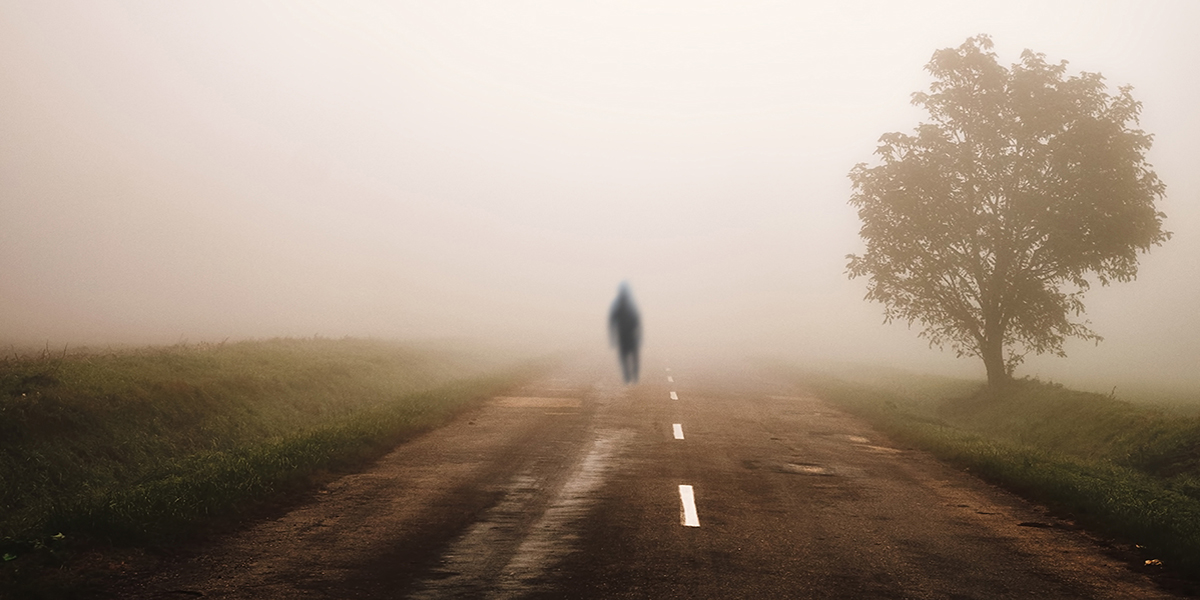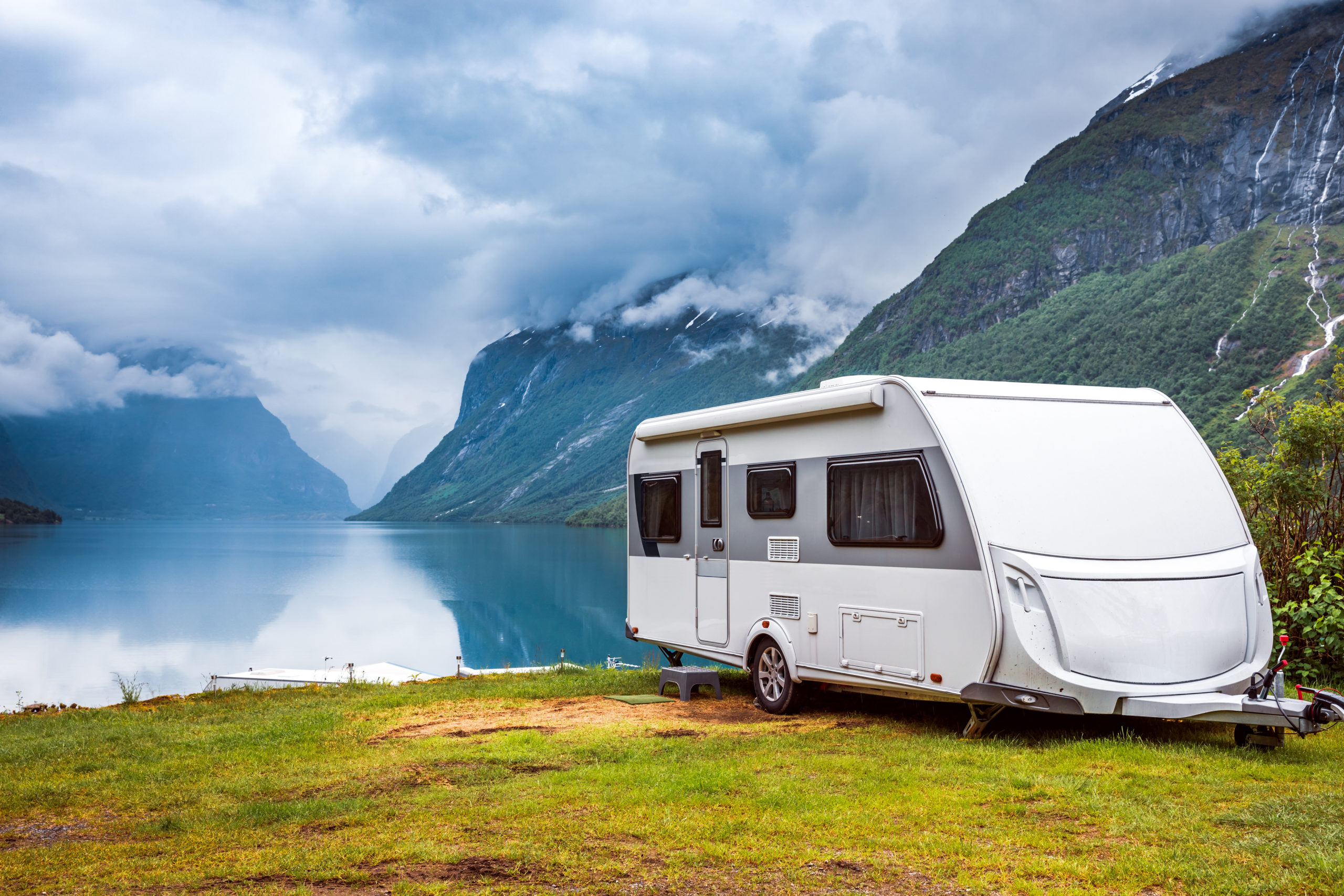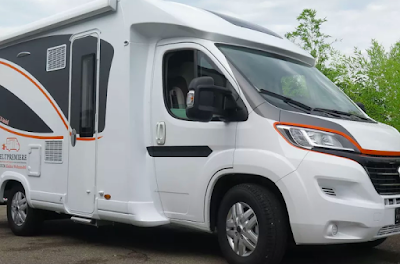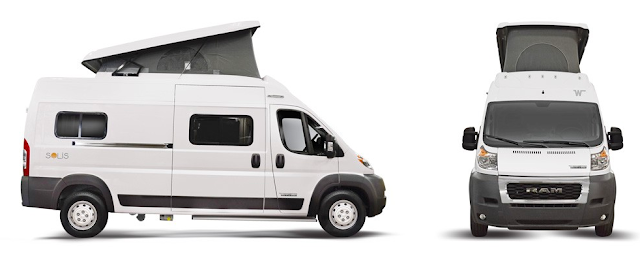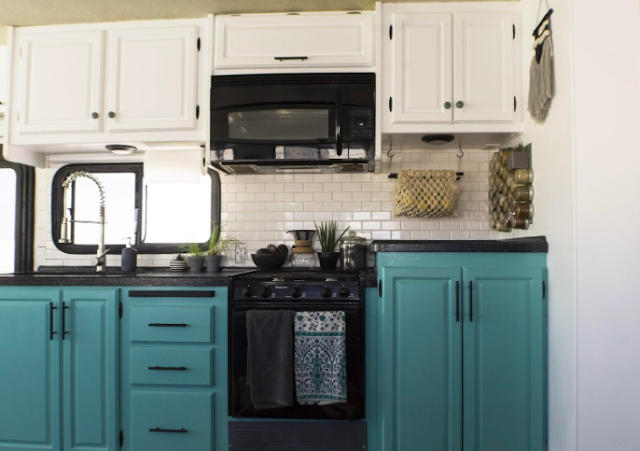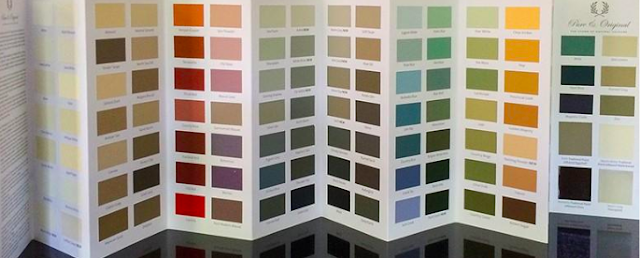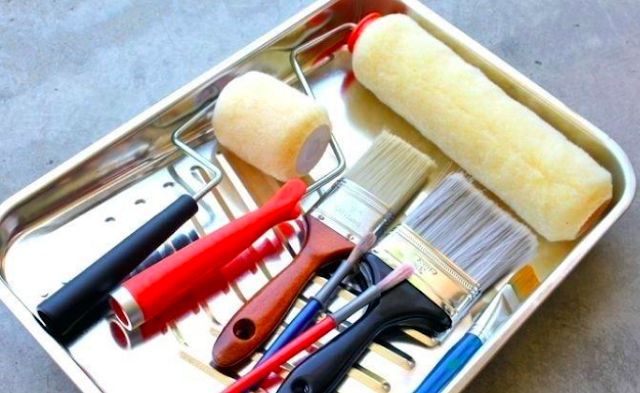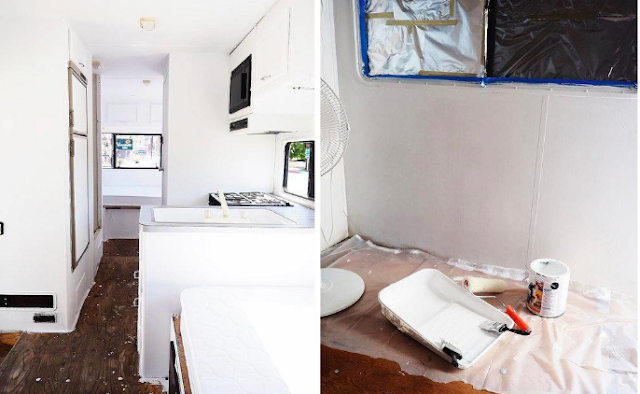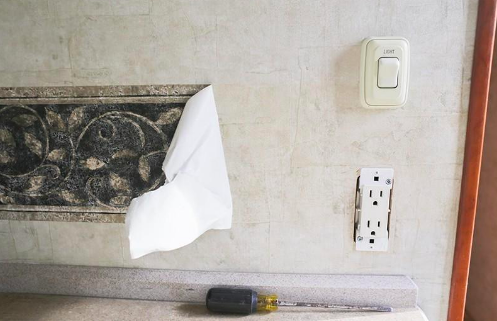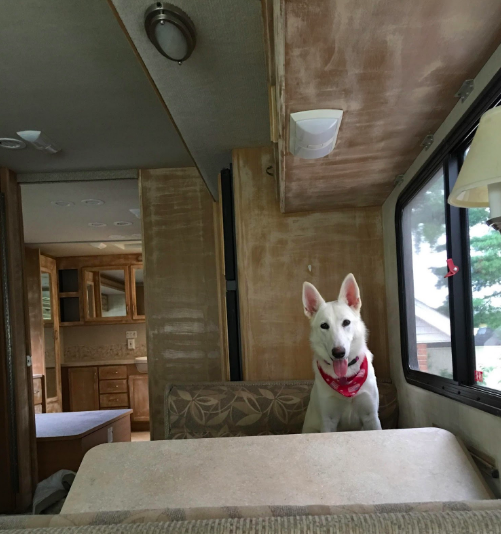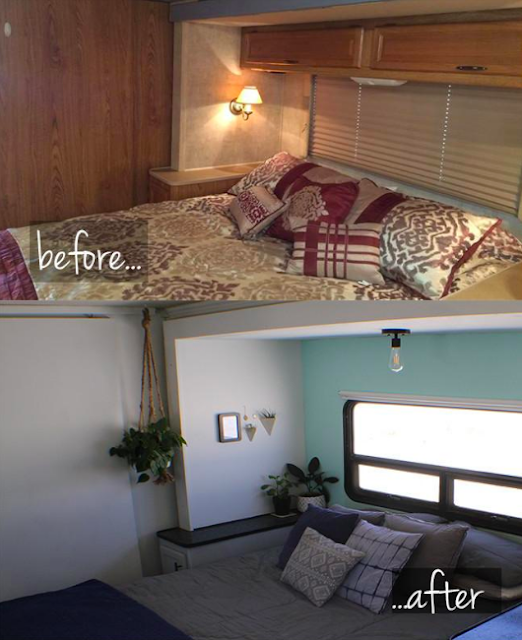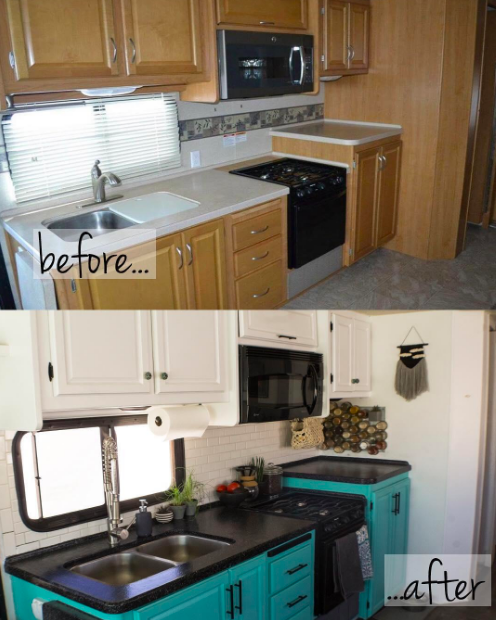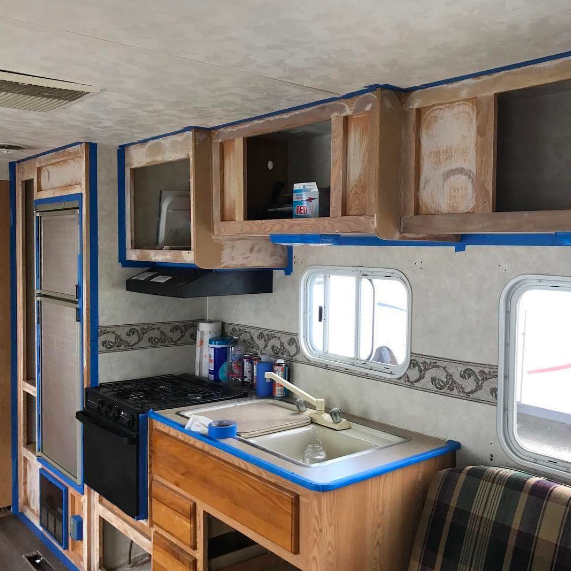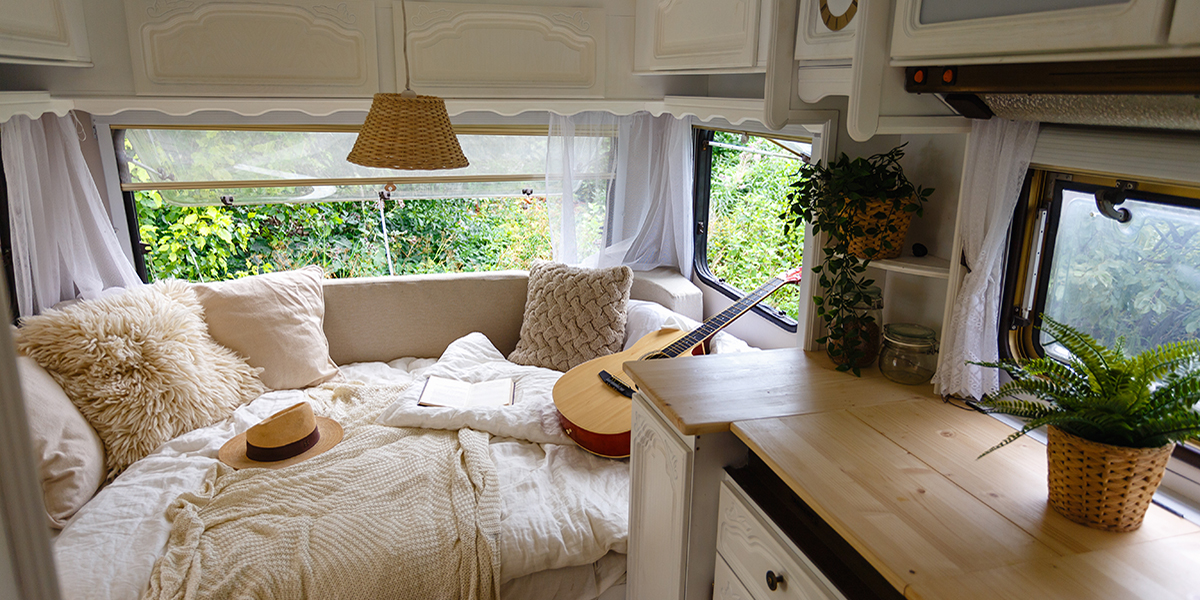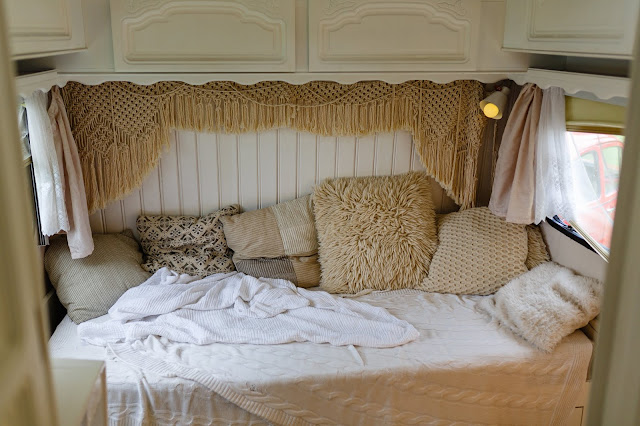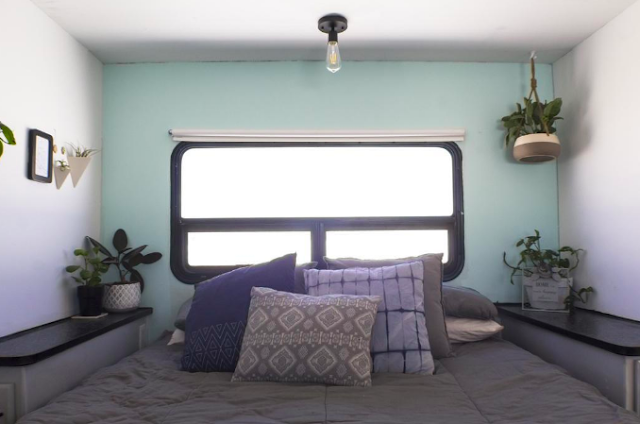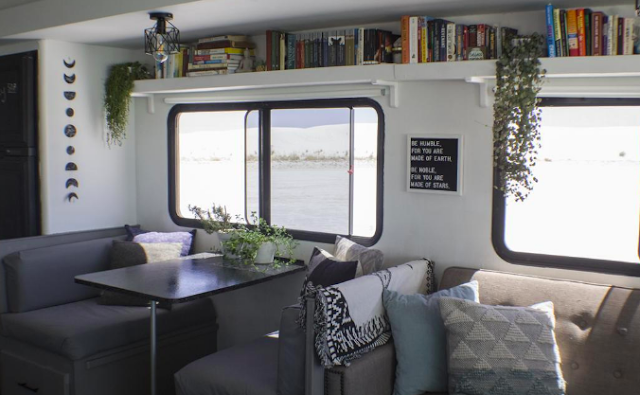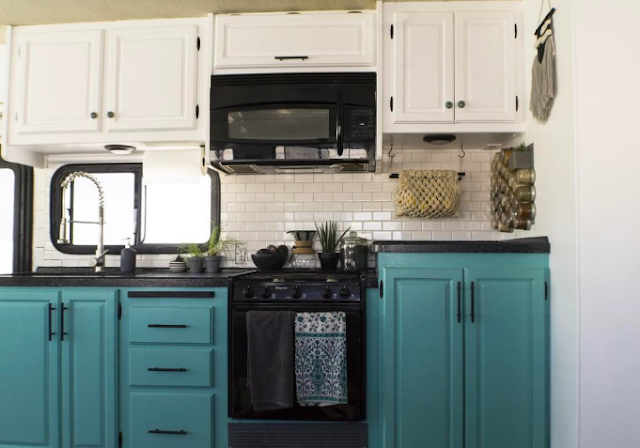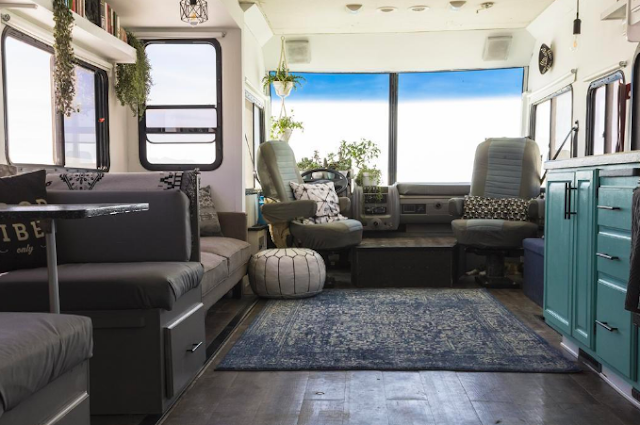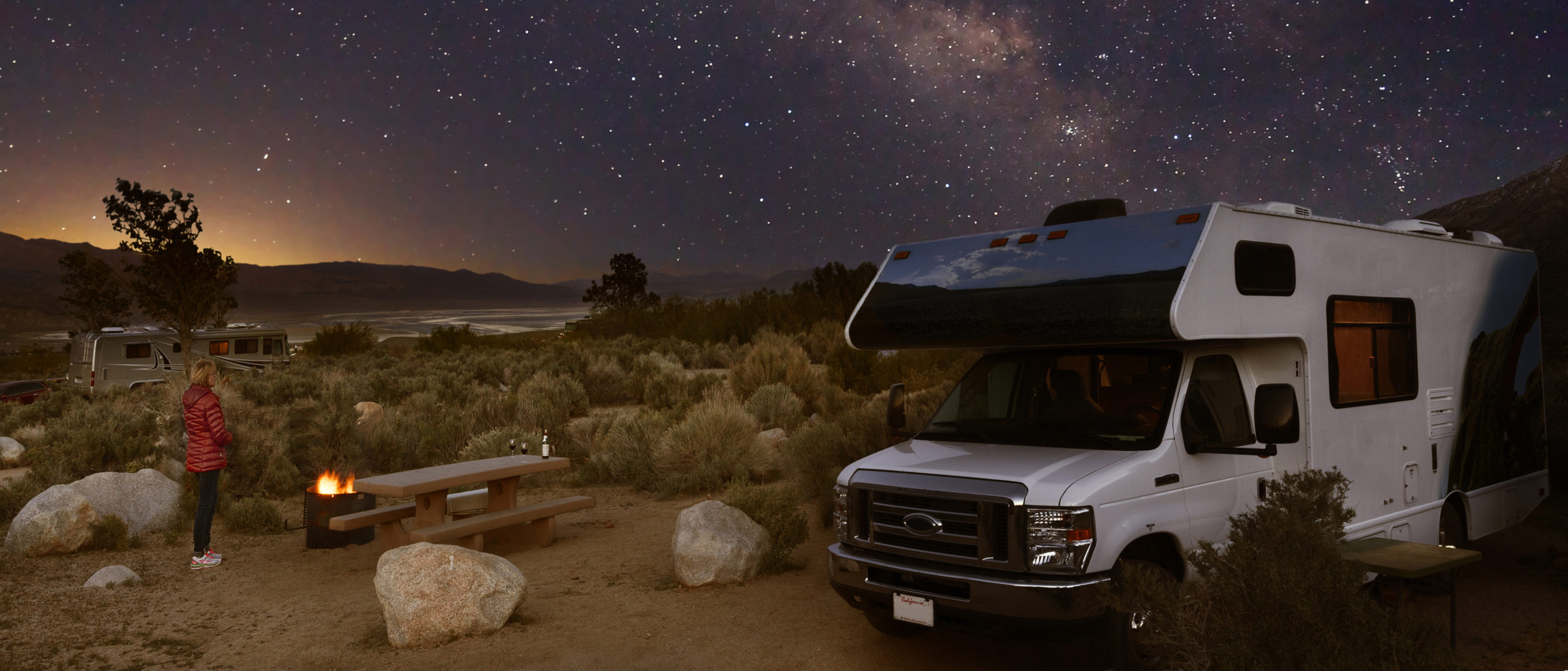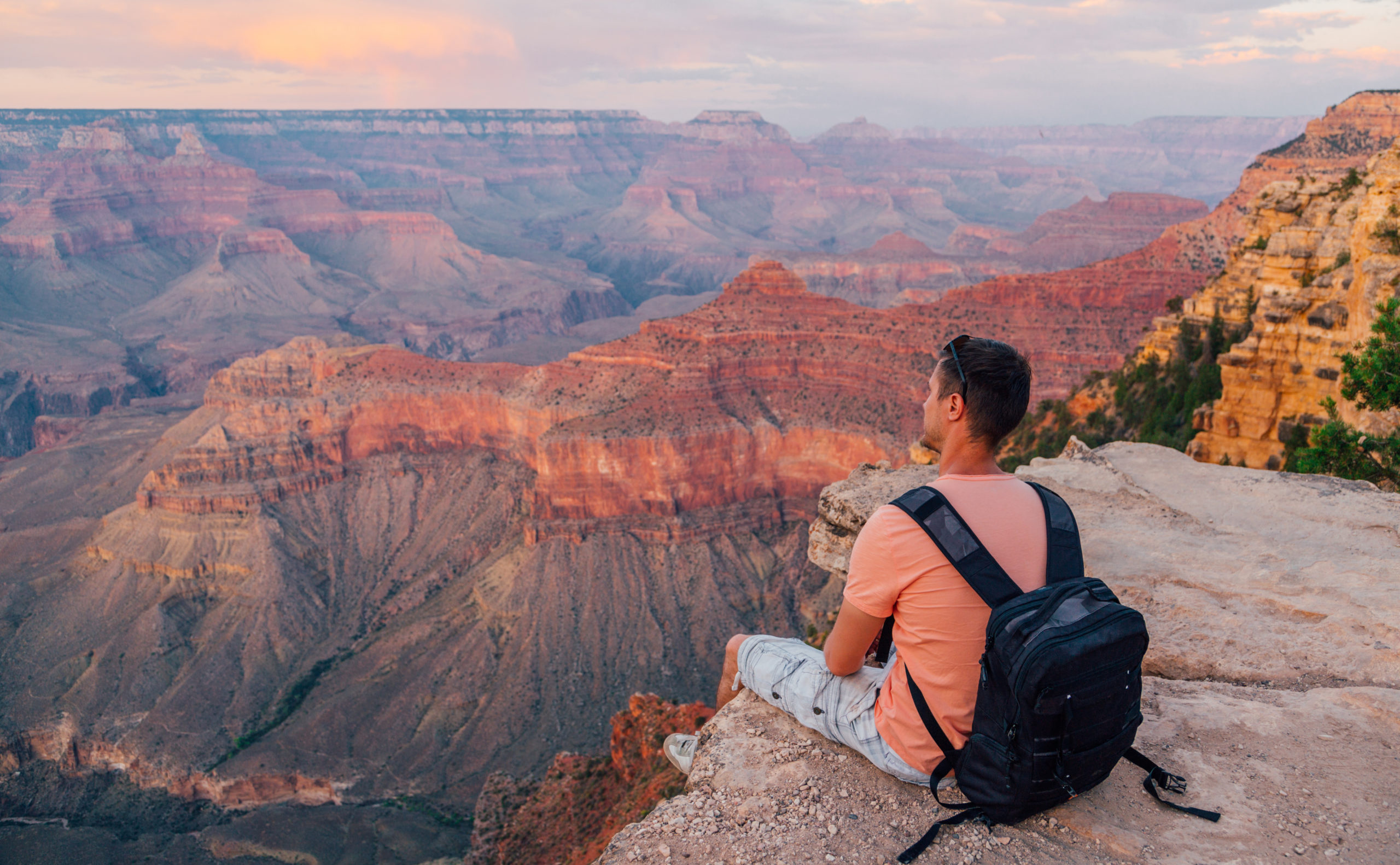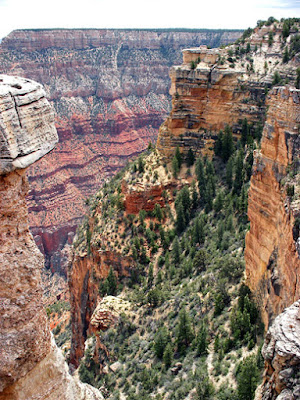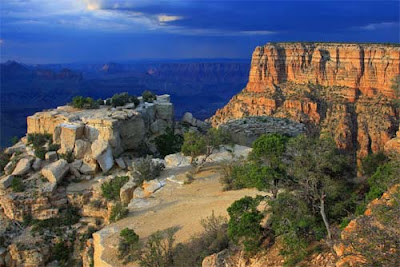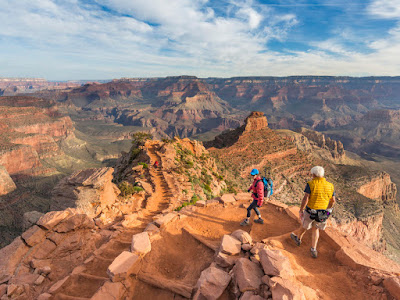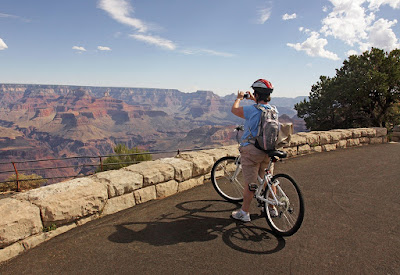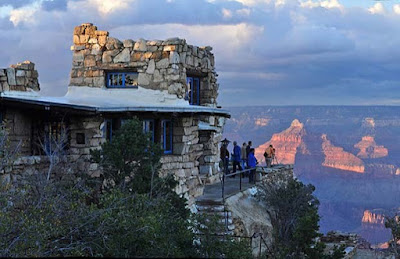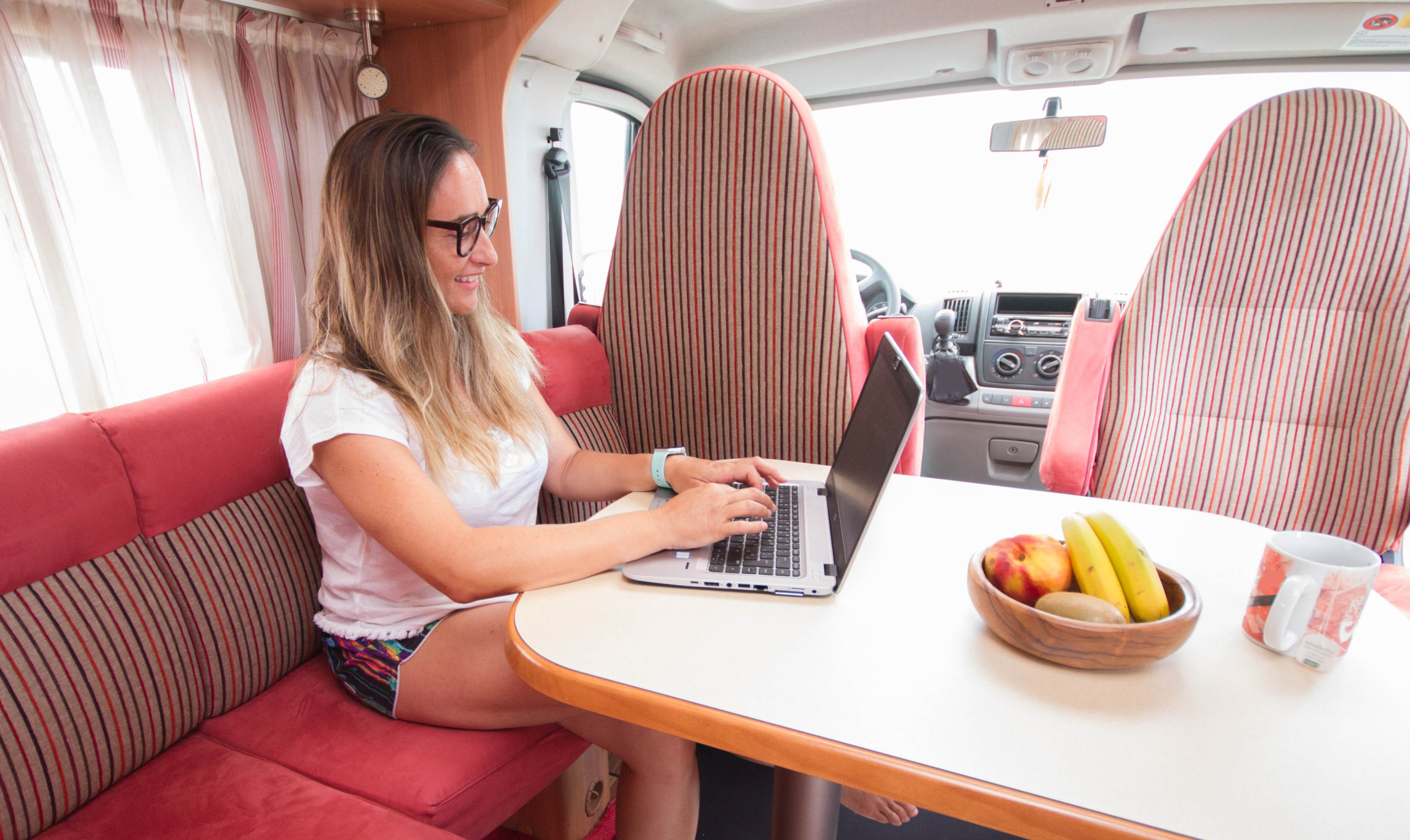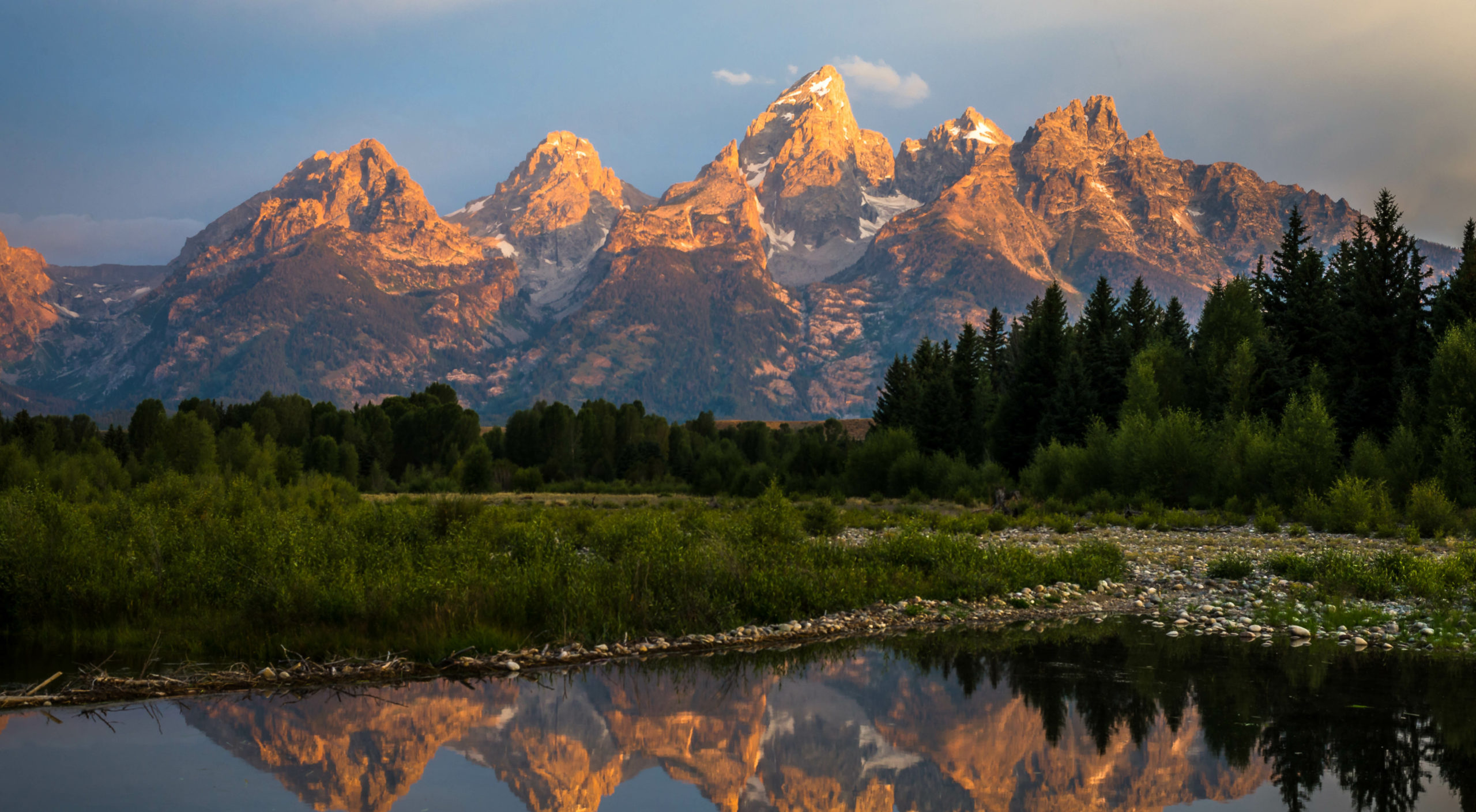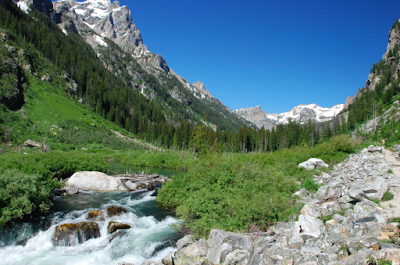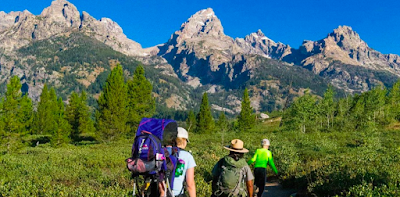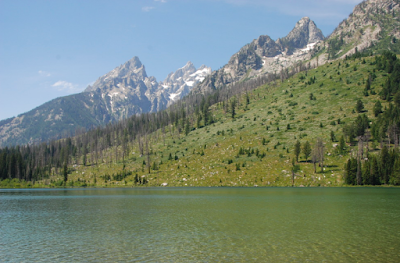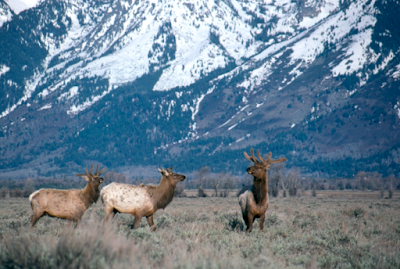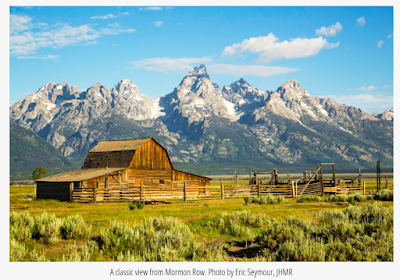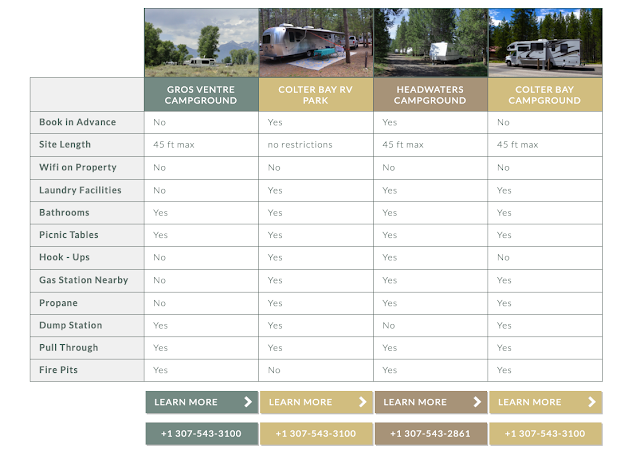With Halloween just around the corner, there’s no better time to plan a road trip to somewhere truly terrifying. If you’re not sure where take your RV this season, we’ve got 4 spooky suggestions for you.
Emily’s Bridge, Stowe, VT
Golden Brook Bridge is haunted by a ghost named Emily (thus the name) who is known for harassing cars that park there. Drivers have reported hearing noises – like footsteps or screams – even when no one is around. Others have had the ghost of Emily bang on or drag herself across their cars – leaving scratches. She is most active between 12 a.m. and 3:30 a.m. – so if you choose to stop by, make sure it’s late at night.
Nearby Attractions:
- Smuggler’s Notch State Park
- Green Mountain Fine Art Gallery
- Moss Glen Falls
Biltmore Estate, Asheville, NC
Biltmore Estate is a historic mansion located in Asheville on over 8,000 acres that boasts gorgeous gardens, a winery, a small village, an outdoor adventure center, and occasionally – supernatural experiences. The grounds are truly stunning – so much so that their original owner, George Washington Vanderbilt II and his wife decided to never leave. While the ghost of late George Vanderbilt has been seen around the property – many workers and visitors have reported hearing Mrs. Vanderbilt calling to her husband in the library where he will sometimes join her for a chat. Also – keep your eyes peeled for a headless orange cat that is said to roam the gardens.
- Fork Art Center
- Pisgah National Forest
- North Carolina Arboretum
Texas Ghost Tracks, San Antonio, TX
These train tracks were the site of a tragic accident back in the 1930s or 40s (depending on the account) where a train collided with a school bus full of children. Unfortunately, all the children perished in the accident – but now it’s their mission to save anyone else who parks on those same tracks by pushing their vehicle to safety. A couple of tips before your visit – make sure to put your vehicle in neutral before you approach the tracks and sprinkle baby powder on your bumper so you can see the handprints of the children that pushed you to safety.
Nearby Attractions:
- San Antonio Riverwalk
- Natural Bridge Caverns
- The Alamo
Rio Grande Train Depot, Salt Lake City, UT
This spooky destination is home to the Purple Lady. This ghostly woman has been seen around the depot – but is most frequently spotted in the ladies restroom. She is said to be beautiful and always appears, dressed in all purple garb from the 1900s, looking quite forlorn. Legend says she was killed at the train station when she dove on to the tracks to retrieve an engagement ring after her fiance threw it there during a heated argument. There have also been reports of phantom parties in the basement of the building and a lone walker’s footsteps can be heard traipsing across the mezzanine every afternoon at the same time.
Nearby Attractions:
- Antelope Island State Park
- Red Butte Garden and Arboretum
- Temple Square
Ready for a spine-tingling road trip of your own? No matter which of these destinations you choose to check out – you are sure to get in the Halloween spirit and have a hauntingly good time.
